Biking is fun, and so everyone should enjoy it. Sadly though, a majority of bikes are not designed for huge guys. It’s either they are too small and uncomfortable or that that they come with smaller carrying capacities.
There’s so good news, though. You can find the best bikes for big guys online. So, it’s just a matter of knowing what you want, and that brings us to the title of our post.
Now, how do you get the best heavy-duty bike? I recommend the steps on this buying guide:
A Step By Step Guide to the Best Heavy-Duty Bike
Step 1 – Know What Type of Heavy-Duty Bike to Get

source:bikeradar.com
According to outdoorright.com, all big guys have different cycling needs. Some want to have fun riding in the neighborhood while others want to lose weight.
Therefore, you should match yourself with a heavy-duty bike that shall help you achieve your goal.
Generally, we have these types of heavy-duty bicycles:
- Heavy-duty road bikes (cyclocross) – These bikes feature slim tires and drop handlebars. They are suited to riding on paved roads for fun.
- Heavy-duty mountain bikes – These bikes come with plenty of traction to allow you to ride on rugged terrain, mainly uphill and downhill. So, they are great workout bikes.
- Heavy-duty hybrid bikes – These bikes are a perfect blend between cyclocross and mountain bikes. As a result, they suit both outdoor fun and training.
- Heavy-duty electric bikes (e-bikes) – These bikes come with electric motors which facilitate their pedaling. They suit heavy riders who want some push to navigate tough terrains.
- Fat bikes – These bikes feature large wheels, mostly balloon-type, which roll over surfaces easily. They are suited to riding on the snow and the beach
Step 2 – Know Your Height and Weight

source:pxhere.com
Bicycles come with different weight capacities and ranges for the rider’s height.
If we can start with the weight capacity, ensure you pick a bike with a weight limit that surpasses your bodyweight.
If, for example, you weigh 225 pounds, then go for a 250lbs or 300lbs bike.
As for the rider’s height, ensure the bike is tall enough to match your height.
Usually, the rider’s height is indicated as a range under the product specs. So, check to see if you fall within the specified range.
Step 3 – Go For Stronger Frame
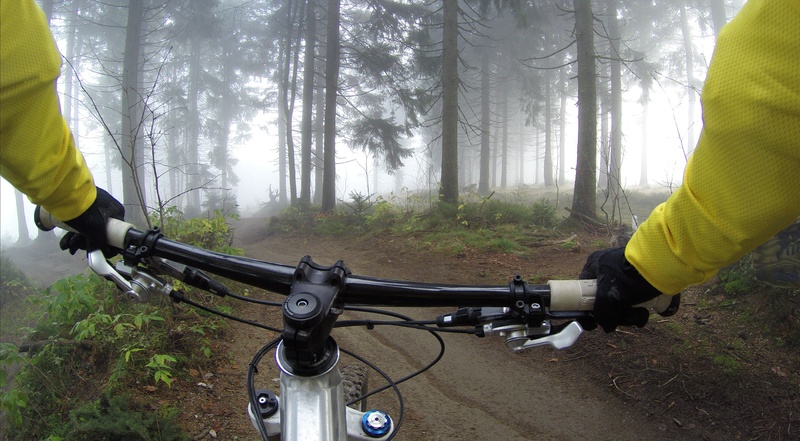
source:pxhere.com
The frame is the bike’s primary weight bearer. For that reason, it has to be super-strong.
You’ll find most heavy-duty bicycles in powder-coated aluminum frames and others in steel. Plus, a few others come in carbon fiber frames.
So, which is the best of the three? There’s no outright winner in my view, and so any can do.
Steel is the strongest overall, but it’s regrettably the heaviest. Aluminum, on the other hand, is the lightest and relatively strong, but it’s often costlier than steel.
As for carbon fiber, it’s steel-like strong, and aluminum-like lightweight but the most expensive of the three.
Step 4 – Get the Suspension Right
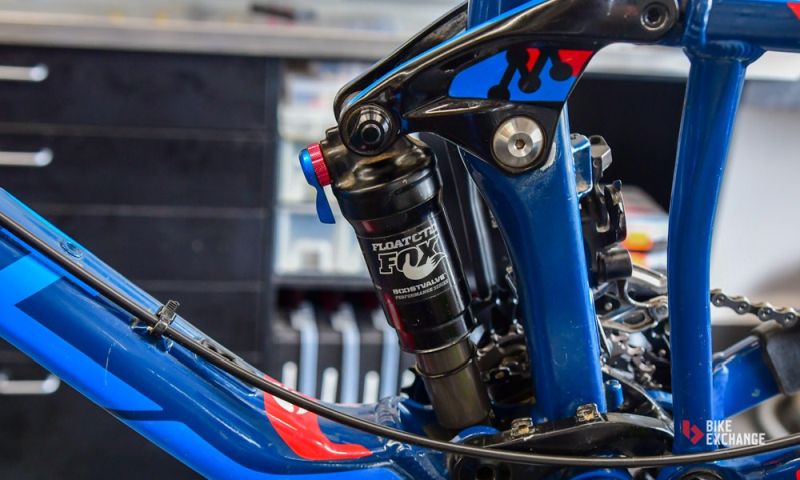
source:bikeexchange.com.au
Overall, the bike’s suspension determines the riding comfort and control. You may have to choose between a full suspension and a half suspension (hardtail).
Both have their pros and cons, and so you should think carefully about what you want.
A full suspension, for example, is excellent when riding on bumpy terrains but may make the bike heavier. Thus, it can be tiring if you ride steeper longer distances.
As for hardtail, they are efficient on smoother terrains but not on bumpy surfaces.
Step 5– Consider Strong and Large Wheels
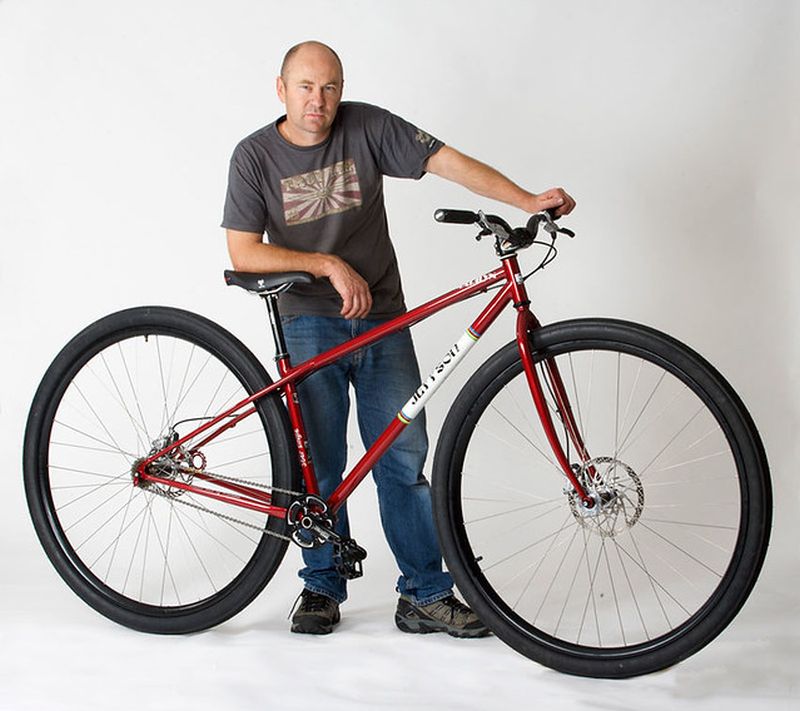
source:redbull.com
The wheels partly carry your weight and so they have to be stronger when you are big. That brings us to an element known as spoke.
Spokes are responsible for promoting wheel strength and firmness. Thus, the more the spokes, the stronger and more rigid the wheels are.
In general, you need about 36-48 spokes on a heavy-duty bike if compared to 28-36 spokes on a standard size bike.
You should also note that larger wheels make it easier to pedal. Therefore, consider any wheel size that is more than 20 inches for optimal riding performance.
Step 6 – Prioritize Your Riding Comfort

source:pxhere.com
You have to consider different aspects of the bicycle when it comes to your riding comfort. For starters, look at the bike’s seat to ensure it is adjustable and well-padded.
It should also come with an extendable seat post to allow you to find your perfect riding height.
Also, consider the bike’s handlebars. They should provide you with sufficient grip when cycling.
Additionally, look at the bike’s ground clearance (the rider’s height) to ensure it is correct. Simply put, you should be able to ride without the pedals hitting the ground.
Step 7 – Pick the Right Gear and Brake
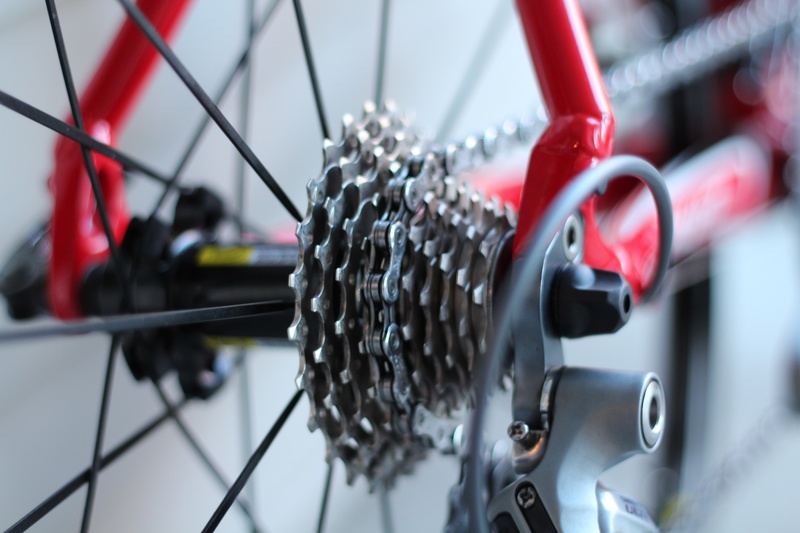
source:pxhere.com
Bikes with a higher gear number provide you with a better opportunity of finding your most preferred cycling speed. It also allows you to transition smoothly from one pedaling speed to another.
Most heavy-duty bikes come with seven gears, but a few others have more.
As for the brakes, they are your primary safety feature. For that reason, they need to be reliable.
You can choose hydraulic brakes or mechanically-operated brakes because of their effectiveness. Disc brakes are also okay for heavy-duty riders.
Step 8 – Do Not Forget the Accessories
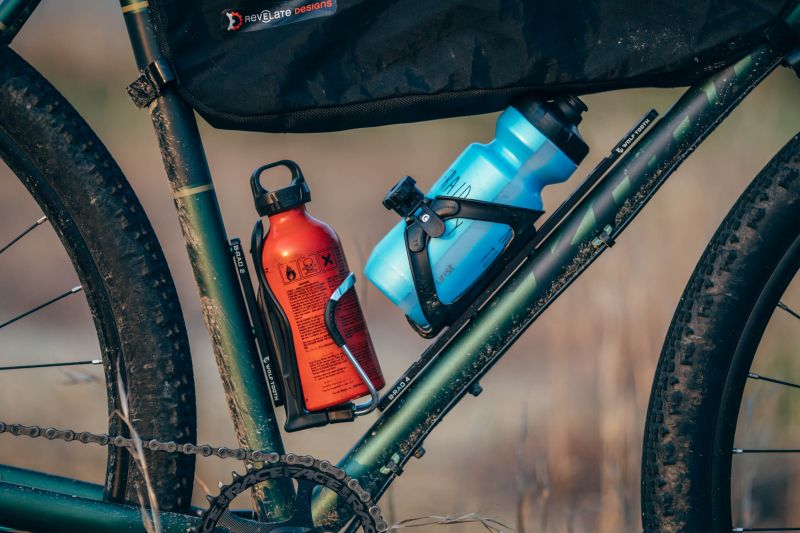
source:bikepacking.com
You should remember to check if the bike has any add-ons that can improve your riding comfort. Here are some of the accessories you should consider:
- An LED headlight
- Bottle holder
- Locks
- Bell
- Pump
- Cycle computer/LCD
- Carry basket
- Helmet
Step 9 – Ask Around

source:bikebarn.com
What better way to know the type of heavy-duty bike to buy than to ask your plus-size cycling buddies? If they got their choice right, then you can emulate them.
And if they chose wrongly, then you can learn from their mistake and ensure you buy the best bike.
Other than your big-bodied cycling buddies, you can talk to bike professionals. They could be people in your neighborhood or online experts.
Conclusion
Generally, there are many bike brands, but not all are dedicated to big guys. So, you’ve to dig deeper and find your best heavy-duty bike. You can follow the steps on this post to achieve that.

